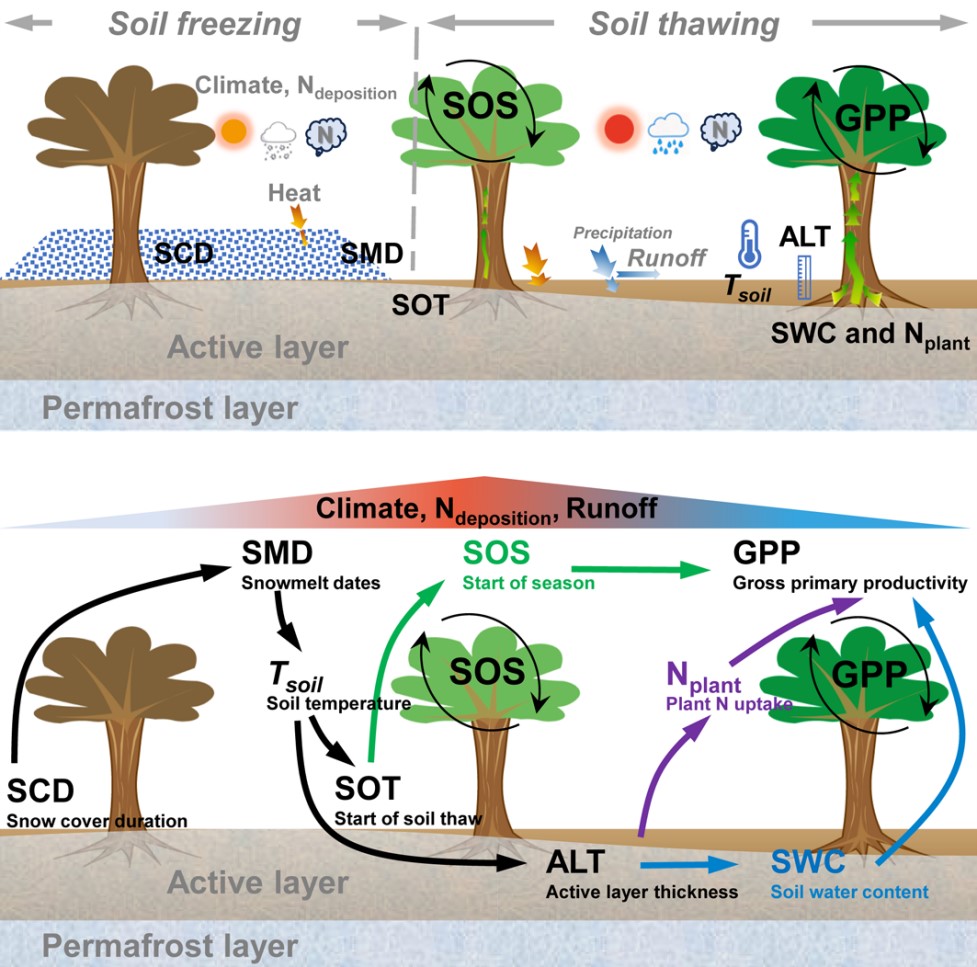2025-05-27 ワシントン州立大学(WSU)
<関連情報>
- https://news.wsu.edu/press-release/2025/05/27/study-emotional-responses-crucial-to-attitudes-about-self-driving-cars/
- https://www.sciencedirect.com/science/article/pii/S1369847825001068
自律走行車導入のための知覚された有用性と使いやすさの特性と結果の評価 Assessing the characteristics and outcomes of perceived usefulness and ease of use for autonomous vehicle adoption
Wei Peng, Kathryn Robinson-Tay
Transportation Research Part F: Traffic Psychology and Behaviour Available online: 28 March 2025
DOI:https://doi.org/10.1016/j.trf.2025.03.014

Highlights
- The perceived usefulness of autonomous vehicles is explained by both functional and non-functional characteristics.
- The perceived ease of use of autonomous vehicles is measured by functionality and financial accessibility.
- Knowledge was negatively associated with perceived usefulness but positively with ease of use of autonomous vehicles.
- Trust in autonomous vehicles was positively related to perceived usefulness but negatively related to ease of use.
- Perceived usefulness was linked to adoption intention and support for research and policy.
Abstract
Autonomous vehicles have the potential to improve public safety and change the transportation landscape, but their public acceptance is not sufficiently understood. Grounded in the Technology Acceptance Model (TAM), this research proposed and validated measurement models to identify the primary factors of perceived usefulness (PU) and perceived ease of use (EU) associated with autonomous vehicles. Also, we proposed a path model to examine the relationships between PU, EU, individual differences, and acceptance. This cross-sectional study sampled 323 U.S. adults from an online panel. The result showed that PU was explained by the safety, transportation functions, societal impact, epistemic value, and emotional value of autonomous vehicles. EU was explained by complexity, observability, and desire for trial. In the path model, knowledge showed a negative relationship with PU but a positive one with EU. PU was related to trust, adoption intention, and support for research and policy. EU was related to PU, car authority identity, and trust. We discussed the theoretical implications of our findings and practical applications related to this emerging technology.



